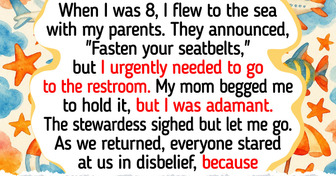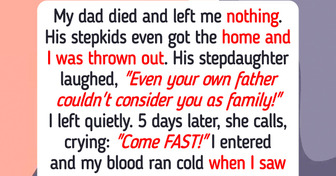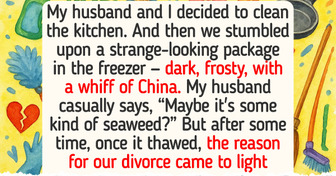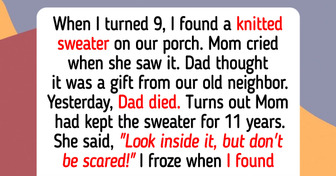18 Stories That Show Kindness Can Be the Strongest Force of All

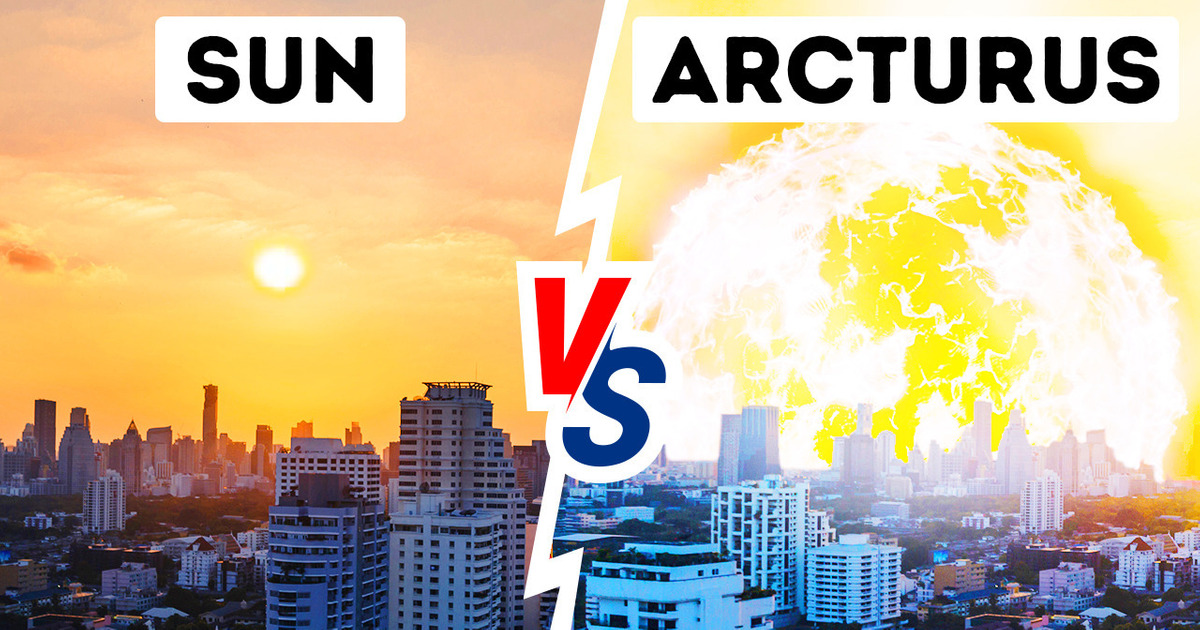
The Sun, our majestic and life-sustaining star, has been a constant presence in our skies since time immemorial. Its radiant energy provides warmth, light, and the conditions necessary for life to thrive on Earth. But have you ever wondered what would happen if our Sun suddenly vanished and was replaced by another star?
Arcturus. A huge red star. It’s just bursting from inside out! The red sea of plasma on its surface rages and pulsates. This star burns anything that comes close to it. And now... flop! Arcturus is gone!
But at the same moment, it reappears at the center of our solar system, replacing the Sun. What we see in the sky isn’t a small yellow dot anymore, but a giant red ball. It’s 25 times wider and 30% heavier than the Sun.
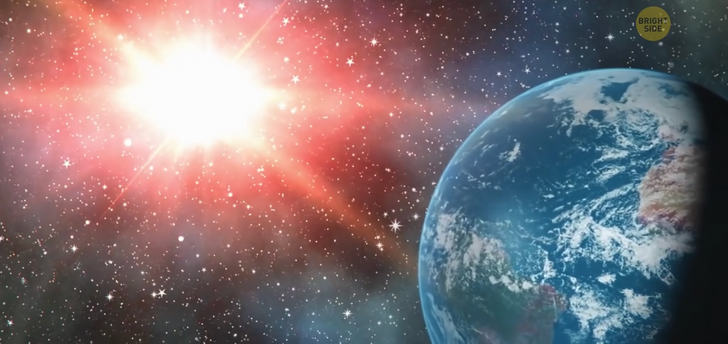
Even though Arcturus is a little cooler, it’s still a total nightmare for Earth. The distance from our planet to the star is now 25 times less. All the water in the oceans and rivers begins to evaporate. What used to be rain forests are quickly turning into a lifeless desert.
But sunsets and sunrises now look amazing. Imagine yourself on the roof of the Empire State Building watching the sunrise. First, you see the light over the horizon. It almost blinds you because Arcturus is 110 times brighter than the Sun.
Then, the star gradually climbs over the surface. The thick dot on the horizon gets wider and wider. It continues to grow until the red star is everything you can see. Arcturus is now so close that you can even see storms of hot plasma on its surface.
There are periodic outbursts and mass ejections. Huge amounts of matter are ejected from the surface of the star at speeds of up to 1,200 [mi/s (2,000 km/s)] miles per second. The matter takes the form of a loop attached to the star at both ends.
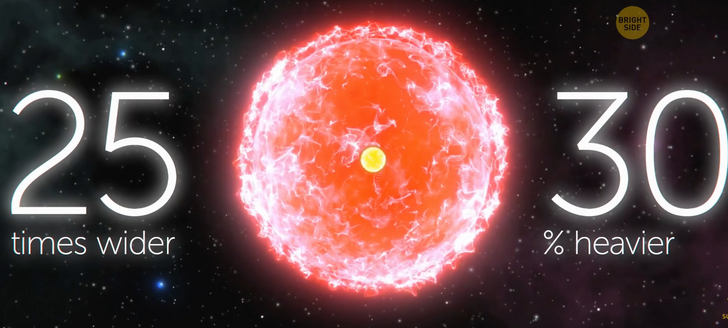
And you have to wear a super-advanced space suit to be able to observe such a sunrise. Life on Earth ceased to exist long ago under these conditions. And it’s going to get worse over time because every eight days Arcturus’ brilliance increases. And soon our planet will become more like Venus. It’s so close to the Sun that the high temperature makes any life there impossible.
Okay, let our planet cool down a bit and put Proxima Centauri in the center of our solar system. It’s not a red giant but a red dwarf. This star is almost 7 times smaller than the Sun and almost 9 times lighter. Now, our oceans and rivers are not evaporating but freezing over. Forests and jungles are covered with snow.
In about a week, there won’t be a single place on Earth where the temperature is above freezing. Even plants that are used to the cold will cease to exist. They mostly feed on the sun’s energy. Now, they begin to starve.
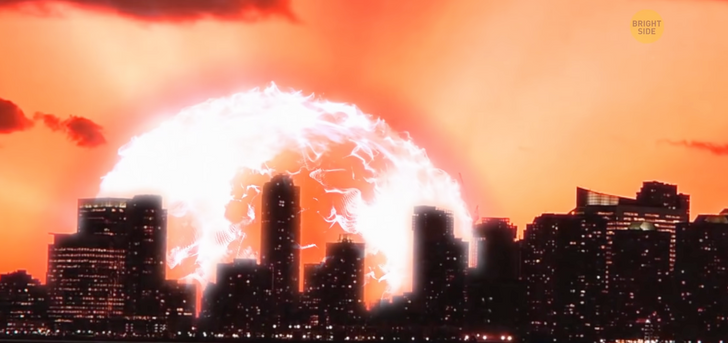
But there will still be water deep beneath the ice layer. It’ll be heated by the hot core of our planet. Microorganisms will be able to survive. It’s much darker on Earth, too. It’s like an endless twilight here. Oh, and we can barely see the Moon. The thing is, it doesn’t produce its own light but reflects it from the bright Sun. With Proxima Centauri instead, the Moon will lose its brightness.
But an even bigger problem would be with our orbit. The Sun has a certain gravitational force. And it keeps us just in the sweet habitable zone where we’re not too hot and not too cold. Proxima Centauri’s gravity is much weaker. And Earth is slowly drifting away from the star. We now run the risk of encountering asteroids flying through space or even other planets!
But the worst case scenario is if Proxima Centauri simply can’t hold our planet, and we fly away into dark space. Then you can forget about any forms of life here. Now let’s put Sirius at the center of our solar system. It’s the brightest star in our night sky. It’s only 70% bigger than the Sun but almost twice as hot. So its glow is not only bright, it’s sizzling. And its light is not yellow but somewhere between blue and white.
You couldn’t go out in the city without sunglasses! Or Sirius glasses, hehe. Still, you wouldn’t want to walk the streets where the asphalt is boiling anyway. You could literally fry eggs on the curb. Of course, by this time, all life on Earth has long since disappeared.
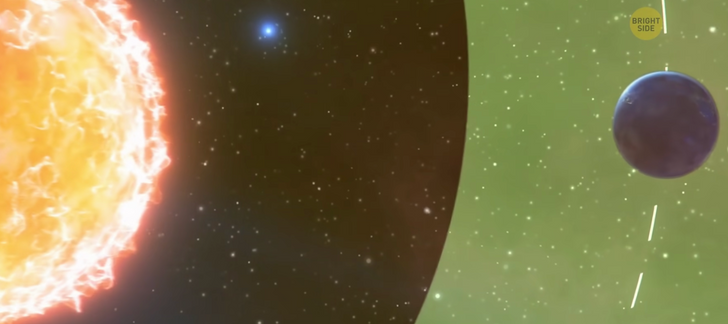
But it’s not just because of the temperature. Sirius emits enormous amounts of radiation. Our atmosphere serves as a shield against the Sun. But in the case of Sirius, that shield wouldn’t be enough. Now, why don’t we take a more bizarre approach and make ourselves a double-star system? These are two stars that revolve around a common center. And there’s our Earth. Safe and sound!
It’s all about the size and brightness of the stars. These two aren’t too big, and they give off as much light as our Sun. All that matters to us is that our planet is in the safe zone of the double-star system. At sunrise, you first see one star appear from below the horizon. And then, a couple of minutes later, the other.
The only problem is that this beauty may soon explode with enormous force. In binary systems, one star is always heavier than its companion. Sooner or later, it starts pulling matter away from the smaller star. Gradually, the bigger star just eats its neighbor.
Then the big brother can reach a critical mass and explode. This explosion would be about as strong as a supernova. It would destroy our entire solar system. The light from this explosion would be visible for hundreds of light-years away. After that, there would be a huge nebula in the place of our star system. It’s stardust and particles that are left from our world.
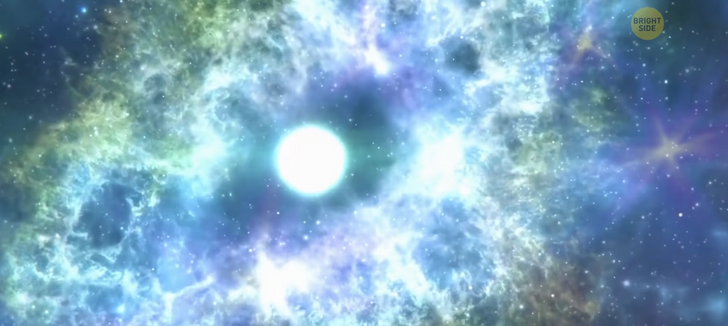
Going to the realm of crazy now: a black hole. Yes, there’s one at the center of our solar system now. We know black holes as scary, mysterious objects that pull in everything in their path. But even around a black hole, there’s a habitable zone.
You just have to be far enough away so that it doesn’t drag you down into its black abyss. Mercury and Venus will be too close to the black hole. So most likely, they’ll be torn apart and then head for the event horizon. This is the last stop before hitting the singularity, the heart of the black hole.
There are only two problems: light and time. A black hole pulls light in instead of emitting it. So the Earth will quickly become dark and cold. And time goes slower around heavy objects. Near a black hole, 1 second can be equal to weeks or even months away in outer space. We won’t feel this difference, but the entire universe around us will develop faster relative to us.
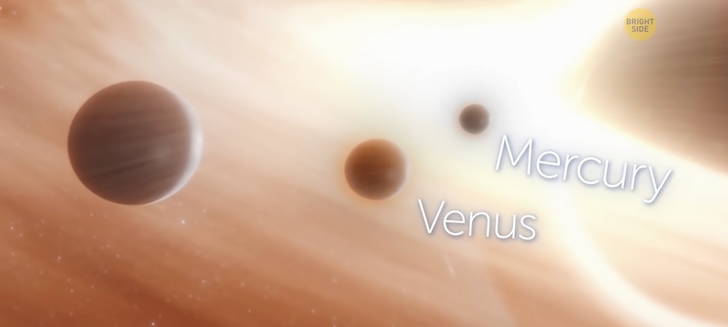
Any object can become a black hole if it is compressed to a certain size. For example, the Sun can become one if it’s shrunk to a width of 3.7 [mi (6 km)] miles. And even the Earth. If you squeeze it to a width of 0.7 [in (1.8 cm)] inches, it becomes a black hole.
Oh, now there’s some little rock lurking in the center of our solar system. It’s a neutron star. It’s about 18 miles wide. Some meteorites are much bigger than that. But it has a mass comparable to the Sun. So its gravitational force is about the same, and our planet’s orbit is intact.
But the problem is that neutron stars emit next to no visible light. So it’s now permanent night on Earth. Still, it gets very hot here. When a neutron star is born, it can be several times hotter than the Sun at first. But it quickly cools down to the temperature we’re used to. So there’s a chance that all life on Earth hasn’t yet been scorched.
Another problem is that these little guys are rapidly spinning and can become pulsars. It’s kind of like a powerful spotlight on two sides of a spinning star. Neutron stars also eject radiation at tremendous speeds. These rays will make our planet literally sterile. No life form would be able to exist under these conditions.
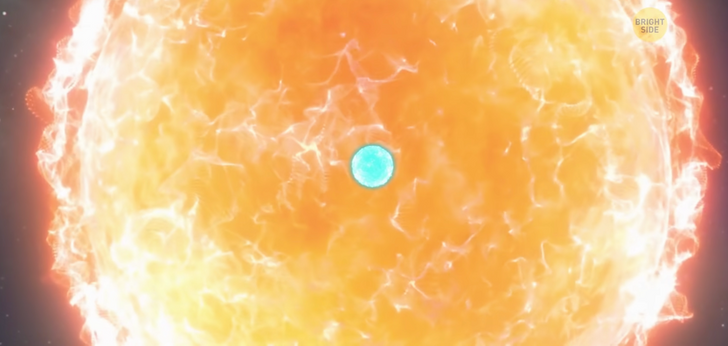
And now it’s time for the biggest star ever known. Stephenson 2-18. This red giant is 2,150 times larger than the Sun. And if we place it at the center of our solar system, its edge will lie on Saturn’s orbit. So Mercury, Venus, Earth, Mars and Jupiter are already swallowed by the huge star. Saturn, Uranus and Neptune are roasting like chestnuts on a fire and will soon evaporate.
In fact, this could happen to our Sun as well. The older it gets, the redder and bigger it becomes. It’ll eventually run out of its fuel, hydrogen. And the Sun will start to burn heavier elements in its core. This will cause it to expand. Then we’ll see more beautiful sunsets and sunrises.
But the temperature will become too high. In theory, the Sun will get so big that it’ll swallow the Earth. And then, it’ll explode in a supernova, leaving nothing of our entire solar system behind. Shiny.

